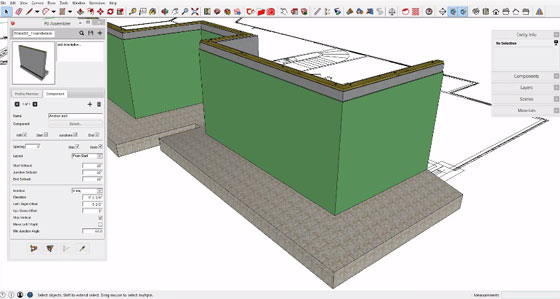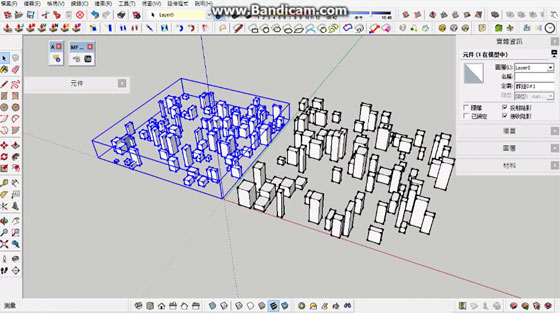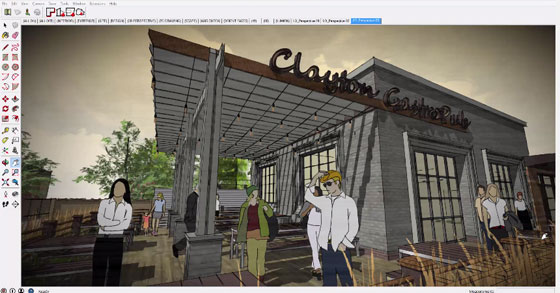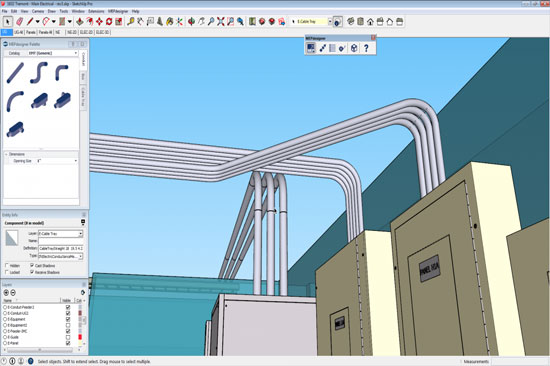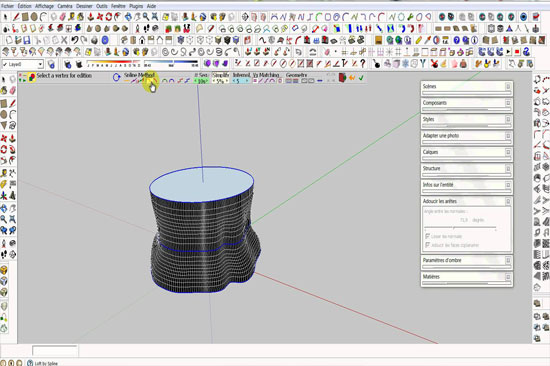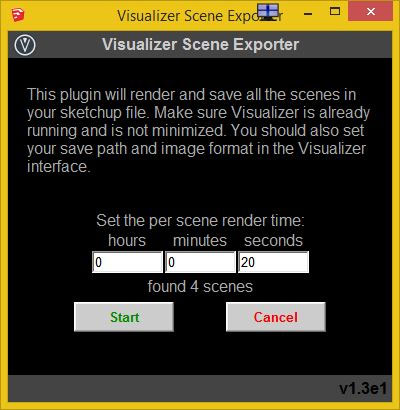Our tech club at middle school of late had a chance of receiving a new 3D Printer donated by someone... We're also lucky enough to have a go-getting 8th grader with some knowledge of 3D printing at home who took the lead in recommending, ordering and setting up the 3D Printer. http://www.mkrclub.com/ has published this blog.
 |
| Image Courtesy: mkrclub.com |
It was all set up (Flashforge, dual Extruder!), of course the printing fun starts - and so did the learning.
The small lessons we learned seemed worth sharing:
1 - Don't rush the printer set up: This one in fact is more than just one tip - but too involved to provide details here. Let's just say a 3D Printer is not a toaster - you likely won't be capable taking it out of the box, turn it on, and just begin toasting stuff.
There are key things to get right, and if your printer company doesn't give details it well (you shouldn't have carried that particular printer, and) you should go right to YouTube or the web and find people who have done it before. Bed-leveling, Software setup, Printer configurations for the filament you have, filament loading, and especially bed preparing to make sure your models will stick to the bed. This can get much complex - so have a knowledgeable person on hand if at all possible. We found bed adhesion to be the trickiest part - so be prepared to get some painters tape or kapton or hairspray (yes, hairspray).
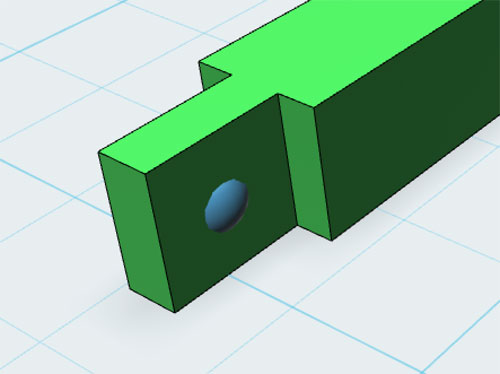 |
| Image Courtesy: mkrclub.com |
2 - Start Modeling Early: Now before you get a printer, try some #3Dmodeling apps and make things that you will at last print. I use Autodesk 123D Design. Tech Club uses TinkerCad - both very trouble-free. A very big portion of the learning is in the modeling, not just the physical printing. Kids who have many hope of printing custom objects, parts, kits, etc, will need this skill. The father of the 8th grader who set up the school's printer has a great regulation at home – “If you didn't model it yourself, you can't print it.” That's a motivational rule I really like for schools.
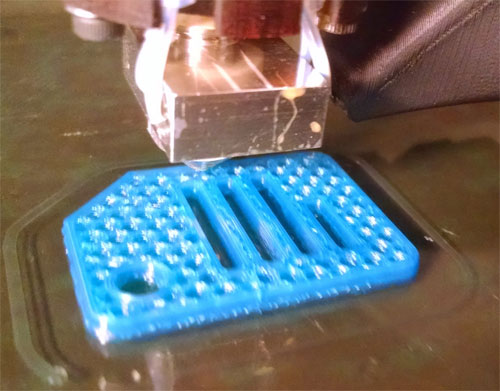 |
| Image Courtesy: mkrclub.com |
3 - Print Small Models: There's characteristically more than one person waiting to print something - and if you print something that takes hours to print, 1) you'll reduce the motivation for those waiting to print. 2) You'll simply decrease the experimentation and your competence would be leaning. You learn more with every print - so print lots of projects, not less large projects, and 3) You'll misuse resources - since failures (perhaps common in the early days) will take lots of material and time.
4 - Start Simple (e.g. no dual extrusion): There are lots of ways to make a project more complicated - but save those for later. If you suppose to get a dual extruder (we were so lucky!) - It means you can print in two colors - but don't! Wait till you get the hang of simple things. If you are tempted to use a sculpting app which takes 360 view of your principal and prints her - don't! Save that for week 2 (or week 22). Get the basics down, and then advance.
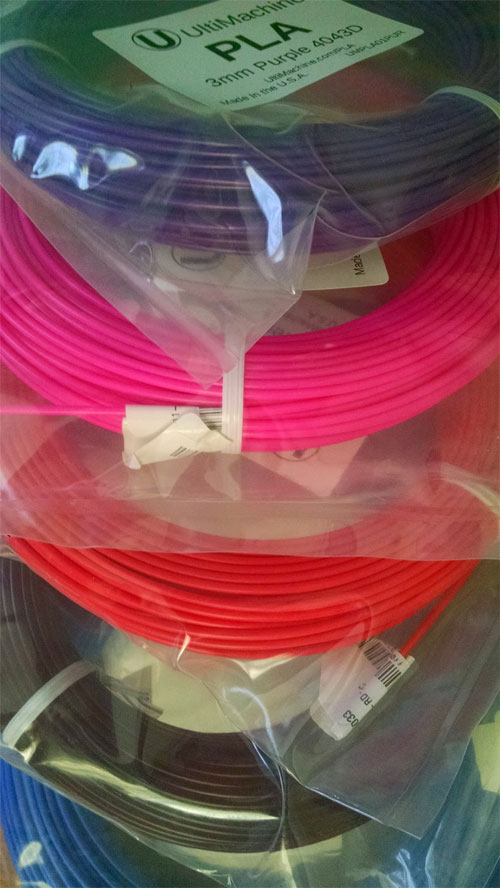 |
| Image Courtesy: mkrclub.com |
5 - Start with PLA Filament: While the blog writer doesn’t have any useful data or facts here - there is the belief that ABS, since it is petroleum-based, gives off bad smelling fumes more than PLA, which is corn-based (and actually smells sweet when it extrudes). Again - no data here - but it seems PLA has less concern than ABS, especially if the printer is in an unaired space. Some articles I found on this topic range from the not so frightening to the worst-thing-since-poison. He thinks there needs to be more facts here, which leads me to consider a conservative approach is best to start.
6 - Model and Print semi-useful things: Motivation on the part of students and team members - to learn modeling and work through problems - will be much more simply maintained if they can experience real benefits from their efforts. Attractive trinkets for your desk will only last in a brisk of time - but even a pencil holder or a pegboard hook will give a greater sense of achievement and will even excite the parents.
7 - Document your failures and successes: Start a journal - could be a blog, a spreadsheet, a folder with project write-ups and results - to give the people modeling and printing a place to share what they learn and to continually build up the knowledge of the team and others. This is also great to educate the scientific method. Ask students to form a theory each time they change something in their project and document the results. You'll be amazed at the amount of testing you end up doing.
 |
| Image Courtesy: mkrclub.com |
Ref: www.mkrclub.com
~~~~~~~~~~~~~~~~~~~~~~~~
Published By
Rajib Dey
~~~~~~~~~~~~~~~~~~~~~~~~
